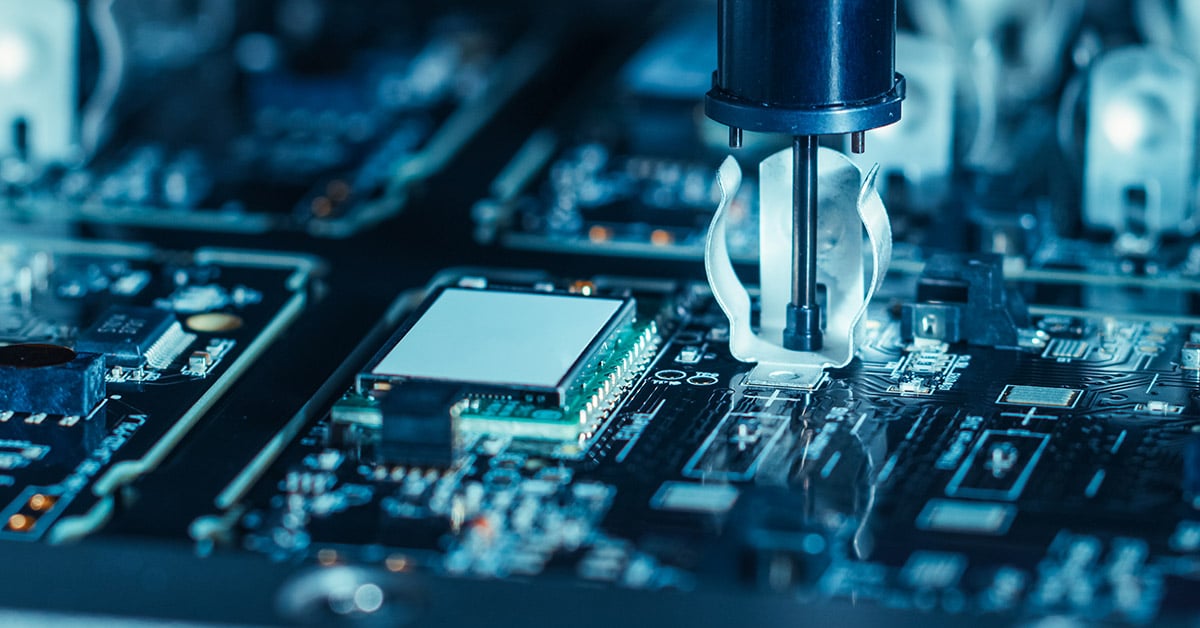If you’re struggling with machine parts that wear rapidly or get too hot, or need stronger components or more water-resistant materials, nanotechnology may be your solution.
Nanotechnology refers to science and engineering performed at the molecular scale. This process utilizes properties of materials measuring between 1 and 100 nanometers. A nanometer is one thousandth of a micron and is written as 1×10-9m. For reference, the smallest object the human eye can pick out unaided is around 100 microns or 0.004.
At the nano scale, materials behave differently than what is seen at the macro scale in which we live and work. This opens up a whole range of new materials, capabilities and products. Currently, nanomaterials and products are mostly in the research stage, but some have made it out into the manufacturing world. This blog explores current and potential applications, with a particular emphasis on how nanotechnology can help maintenance.
Key applications of nanotechnology in manufacturing
Nanotechnology is already having an impact in materials used in a wide range of products. The use of nanotechnology as a method of fabricating tiny components, sensors and microelectronics, is not so advanced. Potentially though, forms of molecular scale 3D printing will support precision maintenance strategies through widespread sensor integration. In the meantime, here’s where you can see it at work today:
- Stronger, lighter materials: Carbon nanotubes provide very high strength-to-weight ratios and are being incorporated into materials from polymers and steel to concrete to reduce mass and size.
- Nanocoatings: Coatings composed of diamond or diamond-like carbon are being applied to surfaces by chemical and physical vapor deposition processes to reduce friction and improve corrosion and scratch resistance. Other nanocoatings, often using carbon nanotubes, provide water-resistant and self-cleaning properties.
- Energy efficiency: Nanomaterials are being used to raise the efficiency of batteries and solar cells. Added to thermal insulation, they can reduce heat transfer rates.
- Electronics and semiconductors: Some of the earliest applications are in these fields. Today nanotechnology is used in flexible devices, memory devices, LEDs and advanced processors.
- Lubricants: Nanomaterials can act as microscopic ball bearings that enhance lubricity and reduce friction.
- Sustainability: Nanotechnology is being explored as a way of helping polymers breakdown, in waste remediation and as alternatives to hazardous materials.
The benefits for industrial manufacturers
As the applications show, nanotechnology can improve both products and processes. Benefits are already being seen in the following areas:
- Improved product performance: Reduced wear and increased durability, extending machine lifespan and enabling new functionality.
- Enhanced process efficiency: Lower energy use through reduced friction, reduced material waste and higher speed production.
- Competitive advantage: The businesses first to use nanotechnology in production will have better products to offer customers and lower costs thanks to higher equipment performance and reliability.
- Meeting environmental goals: Reduced energy and material consumption, plus new tools for reducing emissions and the use of toxins, all support sustainability goals.
Nanotechnology and predictive maintenance
Predictive maintenance is a strategy where machine health indicators are monitored and trends observed. Only when trends indicate failure is imminent is maintenance work carried out to prevent breakdown. This differs from preventive maintenance where work is done according to a schedule. It’s extremely difficult to optimize this schedule, so if breakdown frequency is reduced it’s almost certain that too much maintenance is being done. The result is that there’s more downtime than is necessary.
Nanotechnology in the manufacturing industry promises to support predictive maintenance with very small sensors that can be embedded in production machinery. These sensors can potentially measure characteristics like vibration and temperature and even perform analytical tests like oil quality measurement and wear particle analysis. Being so much smaller than previous generations of sensors, they can be placed closer to the signal sources and have less influence on the parameters being measured.
This machine health data is then passed to analytical programs that increasingly use artificial intelligence (AI). These programs build up detailed histories of machine operation and use these to identify patterns and trends that enable prediction of component failure. As nanotechnology will enable the use of far more sensors, these datasets will be richer and the predictions more accurate.
Navigating nanotechnology integration
The scientific concept of nanotechnology was first explored in the 1960s and ’70s, but practical devices didn’t appear until the early 2000s. Consequently, there has been little time to explore nanotechnology and manufacturing, and experience is limited.
With this in mind, manufacturers interested in exploring the use of nanotechnology may benefit from partnering with research organizations and/or companies dedicated to exploring this technology. This will provide access to expertise that may otherwise be very hard to reach. A partnership may also guide adoption of diamond-like coatings and carbon nanotubes where capabilities are established and products available.






